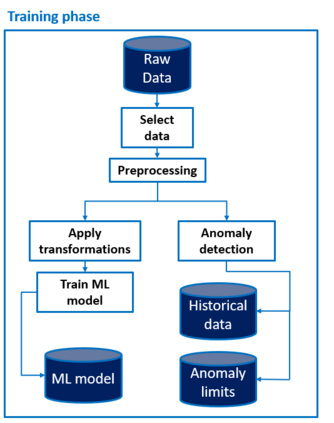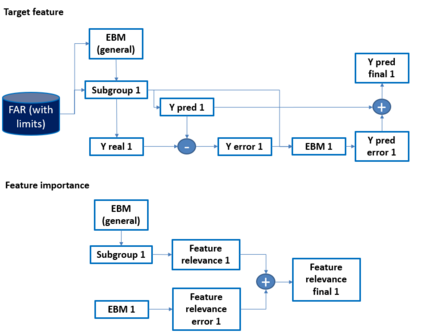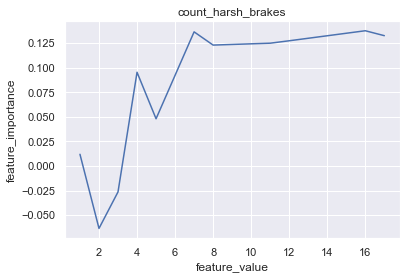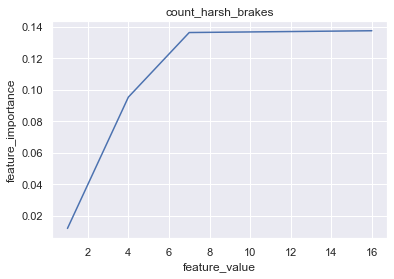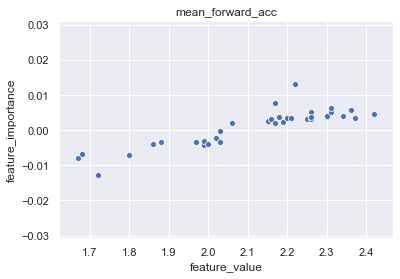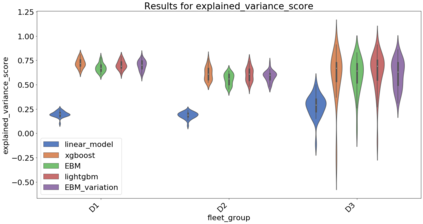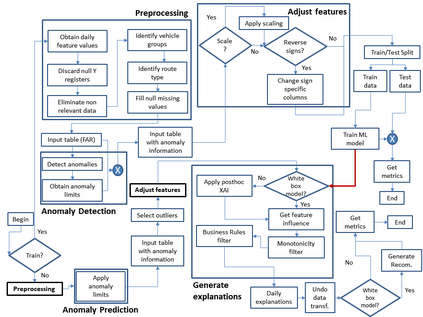In this paper we show a complete process for unsupervised anomaly detection for the fuel consumption of a vehicle fleet, that is able to explain which variables affect the consumption in terms of feature relevance. We combine anomaly detection with a surrogate model that is able to provide that feature relevance. For these surrogate models, we evaluate both whitebox ones from the literature, as well as novel variations over them, and blackbox models combined with local posthoc feature relevance techniques. The evaluation is done using real IoT data, and is measured both in terms of model performance, as well as using Explainable AI metrics that compare the explanations generated in terms representativeness, fidelity, stability and contrastiveness. This provides a complete evaluation both in terms of predictive power and XAI. The explanations generate counterfactual recommendations that show what could have been done to reduce the fuel consumption of a vehicle and turn it into an inlier. The procedure is combined with domain knowledge expressed in business rules, and is able to adequate the type of explanations depending on the target user profile.
翻译:在本文中,我们展示了对车队燃料消耗进行不受监督的异常现象探测的完整过程,它能够解释哪些变量影响消费的特征相关性。我们把异常现象检测与能够提供特征相关性的替代模型结合起来。对于这些替代模型,我们评估文献中的白箱模型以及它们的新变异,以及黑盒模型与当地热后热能特征相关技术相结合。评价使用真实的IoT数据进行,并以模型性能衡量,以及用可解释的AI指标进行衡量,这些指数可以比较以代表性、忠诚性、稳定性和对比性等术语产生的解释。这提供了预测力和 XAI 的完整评价。这些解释产生了反事实建议,表明可以采取什么措施来减少车辆燃料消耗并将其转化为一个内向型的。程序与在商业规则中表达的域知识相结合,并且能够根据目标用户概况来充分解释类型。

